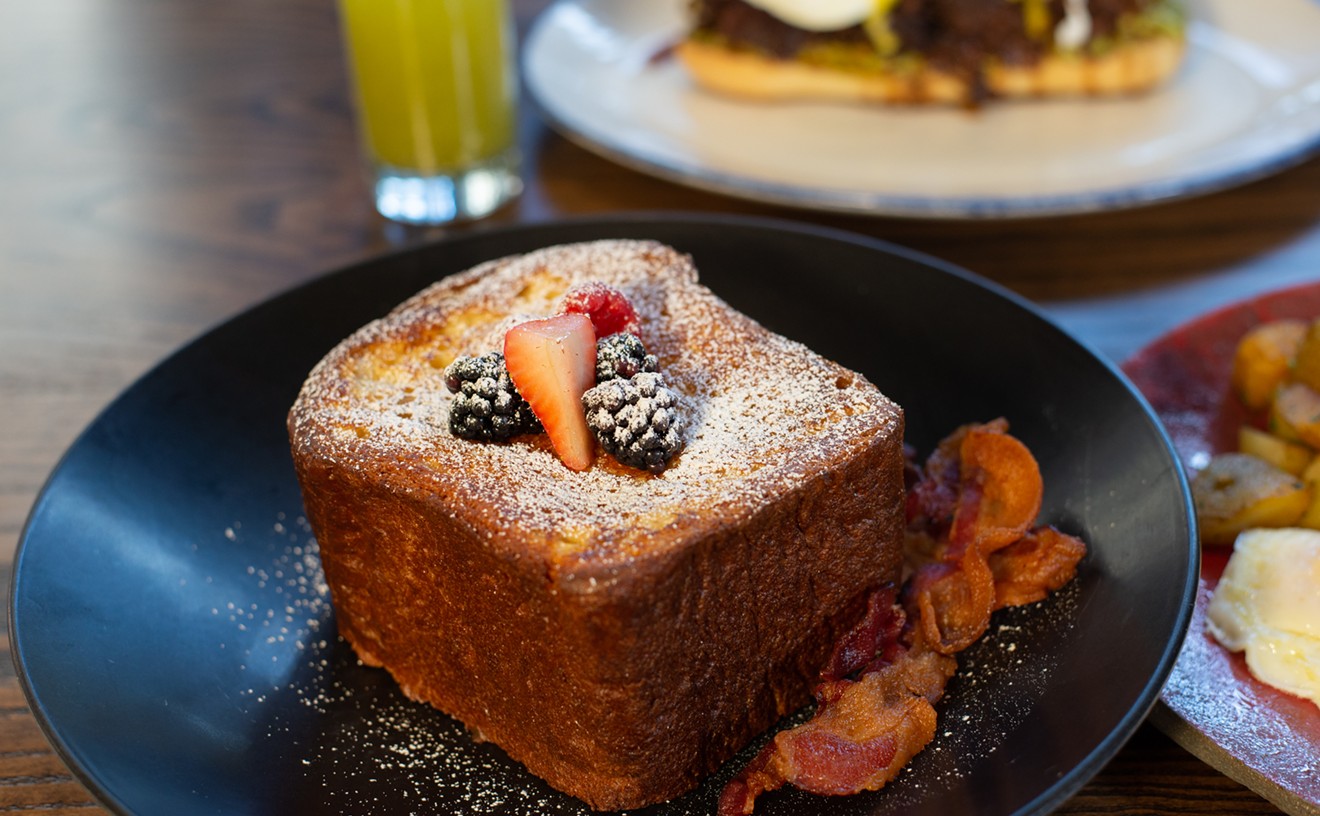Don McLean, you lied to us. Or, at the very least, you misled me.
His "American Pie" hit the airwaves in 1971. How was a nine year-old listener supposed to know, first off, that good old boys really drink Bud--although maybe it was Schlitz back then--and, more importantly, that rye is a whiskey.
But he probably should be forgiven for this. America's distilleries, breweries and vineyards were still in the long, slow process of recovery from damage wrought by Prohibition. It wasn't the only factor, of course, but the nation's ban on alcoholic beverages helped wiped out many of the smaller beer labels and it practically destroyed the distillation of rye.
What makes rye so special? Well, nothing really. I would argue that aside from its connection
to America's early days (even George Washington distilled rye), the
whiskey is more distinct than special.
It's not as sweet as bourbon, not as polished as single malt and not as smooth as Irish. Instead, it generally shows some of the characteristics of dark bread--an earthy, tart combination supported by soft caramel and charred wood. There's a ruggedness to it, yet a lot of complexity, too.
At least in rye from the better distilleries.
There are some holdover brands: Old Overholt, Wild Turkey and Jim Beam Rye, for example. And many Americans associate rye with Canadian whiskey, largely because several of the more notable northern brands use some rye. To earn the name in this country, however, at least 51 percent of the grain must be rye.
Recently a friend sent a bottle of Hudson Manhattan Rye Whiskey from the Tuthilltown distillery in Gardiner, New York. Over the past decade, a number of small producers have begun marketing craft rye, including Anchor Distilling, an offshoot of the San Francisco brewery. Anchor's Old Potrero, Sazarac from the makers of Buffalo Trace, Wight's in Maryland, McKenzie in--if I recall correctly--central New York and others have added dimension to the market.
The Hudson Manhattan Rye presents an interesting range of flavors, starting with a creamy saltwater sensation, followed by chaff, smoke, dark bread and bitter herbs. Yet it's all very soft, very managable. The alcohol waits underneath, emerging on the finish and in the back of your throat. And even this is muted by the hard caramel candy essence.
I'm glad to see it back in style...well, I guess it's not really all that fashionable. But I'm at least glad some people are taking it seriously.
And most now know that it's not "whiskey and rye."










